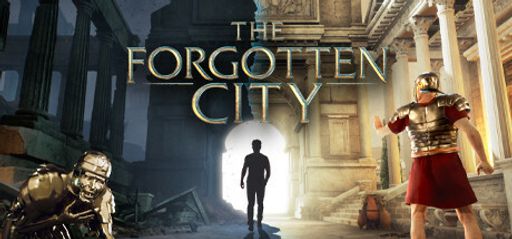I recently completed The Forgotten City by Modern Storyteller, and I must say—I emerged both challenged and delighted. As a longtime completionist who never leaves a stone unturned, I found each twist and turn in this narrative-driven time loop adventure exceptionally crafted and rewarding. In this review, I’ll guide you through my in-depth exploration of the game—from gameplay mechanics to story details—while sharing my personal impressions along the way.
Overall Impressions
From the moment I stepped into the underground Roman city, I felt a sense of destiny. The game immediately drew me in with its intriguing time loop premise. While I’ve played many time loop adventures before, few have captured my full attention the way The Forgotten City did. Its layered narrative and clever manipulation of time consistently impressed me. I relished every inquiry and puzzle, especially once I realized how my choices shaped multiple outcomes.
The game’s strong emphasis on discovery sets it apart from more conventional titles in this genre. Though the pacing occasionally slows, it never loses its poetic ambition. The subtle complexity reminded me of Outer Wilds, but the ancient setting and focus on moral decisions make it a unique experience.
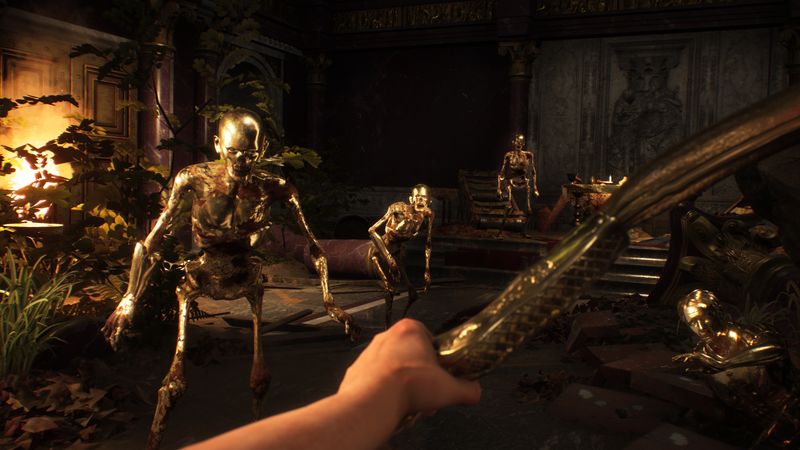
Gameplay Mechanics
Every mechanic in The Forgotten City contributes to a sense of wonder and suspense. The central time loop lets you manipulate events within the ancient Roman world, and I appreciated how each loop revealed new insights into the city’s mysteries. The intuitive controls reward players who enjoy deep exploration.
Many in the community praise the game for its meaningful choices, and I wholeheartedly agree. Rather than forcing combat, it rewards deduction, dialogue, and puzzle-solving—a refreshing and deliberate approach. I found collecting clues and memorabilia almost addictive as the full history gradually unfolded. Although narrative segments occasionally slow the pacing, they also offer valuable introspective moments, especially for dedicated completionists like me.
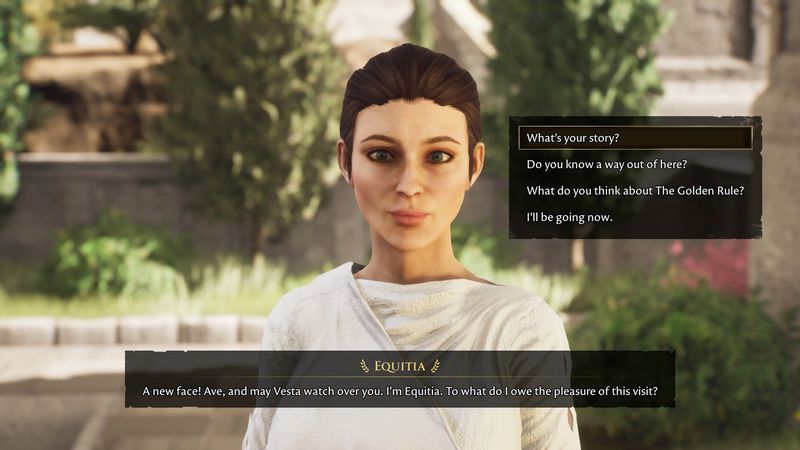
Story and Characters
Storytelling lies at the heart of The Forgotten City. I found the narrative both profound and engaging. The developers designed a story that invites moral reflection and demands careful decision-making. Each NPC encounter revealed hidden layers of the city’s past, and characters came alive through well-written dialogue and authentic interactions.
Every choice I made impacted the overarching narrative. A particularly memorable moment involved uncovering a crucial secret behind the ancient disaster, striking a delicate balance between hope and tragedy. The voice acting amplified this depth—each performance resonated with emotion and sincerity. Experimenting with time to “get it right” added a puzzle-like element that made every loop feel fresh and consequential, satisfying my desire to experience every possible outcome.
Visuals and Graphics
The Forgotten City offers visuals that feel both gorgeous and historically rich. The ancient Roman aesthetic shines through meticulously rendered environments powered by modern tech. I wandered through lush ruins, shadowy passages, and grand monuments—all inviting detailed exploration.
I was especially impressed by the architecture and scenic backdrops, which enhance the atmosphere of secrecy and reverence. Lighting effects cleverly underscore the passage of time. While some textures felt slightly repetitive, the overall visual design remains striking. The developers clearly prioritized historical detail and artistic tone. For players who savor every visual nuance, this game presents a truly immersive experience.
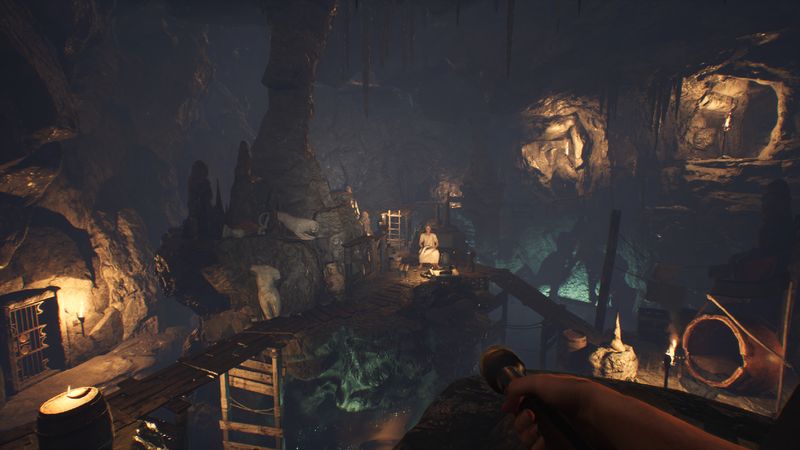
Sound and Music
Sound design plays a vital role in The Forgotten City. The soundtrack enhances the game’s mysterious mood, and I found myself moved by subtle musical motifs during key moments of discovery. The score remains minimal yet evocative, supporting the narrative without overwhelming it.
Crisp sound effects further establish a sense of ancient history. I especially admired the voice acting—each line delivers emotion and meaning. During pivotal dialogues, the performances added emotional weight to my decisions. One fascinating detail: the developers drew inspiration from classical Roman music forms, which deepens the historical immersion. All these elements work in harmony to create a truly atmospheric experience.
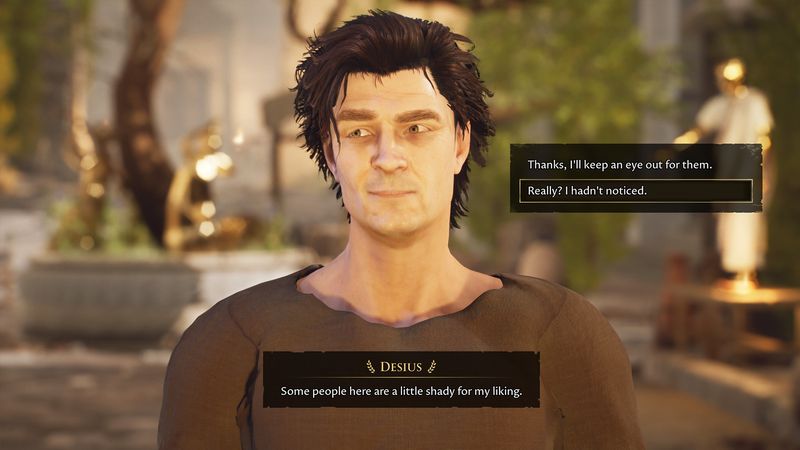
Difficulty and Replayability
The Forgotten City challenges players with a unique blend of puzzle-solving and replayability. Each time loop introduced subtle changes, keeping the gameplay fresh. Puzzles ranged from cryptic riddles to clever environmental observations, striking a balanced difficulty curve that rewarded patient, observant players.
The game supports non-linear progression, and each replay offered new revelations. I dove into side quests and explored every hidden corner, knowing secrets and rewards awaited. Replayability extends beyond the main story—uncovering every achievement and collectible adds meaningful depth. Few narrative-driven adventures today deliver this level of replay value.
Comparisons and Final Thoughts
When comparing The Forgotten City to other genre titles, I noticed how it stands out. Its rich narrative and non-violent mechanics distinguish it from more combat-heavy adventures. While reminiscent of Outer Wilds, it brings its own historical and ethical complexities that deeply resonate with my completionist values.
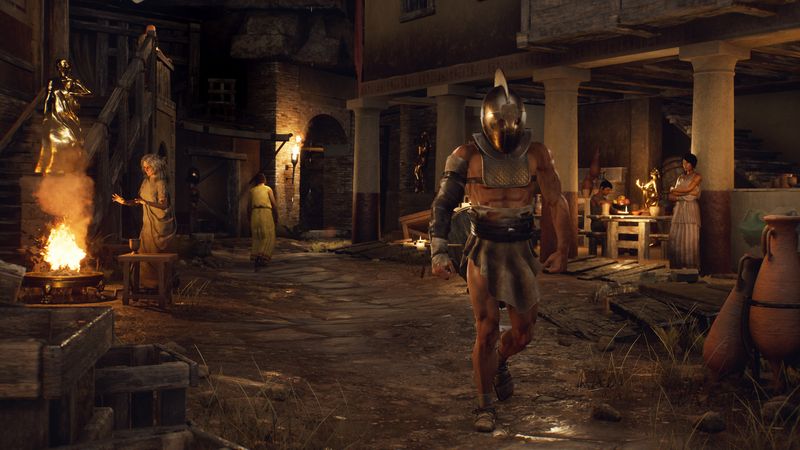
Yes, some pacing issues arise from time to time, but the rich layers of puzzles, dialogues, and visual storytelling more than make up for it. I also admire the game’s origins. What began as a Skyrim mod evolved into a full-fledged narrative experience—testament to the passion and creativity of Modern Storyteller and their publishing partner, Dear Villagers. Their effort proves that great stories in virtual worlds thrive when every detail feels earned and thoughtfully placed.
Conclusion
In conclusion, The Forgotten City stands out as a brilliant narrative adventure that rewards methodical, thorough exploration. I enriched my journey with every side quest, collectible, and hidden path. For fans of narrative puzzles and time loop mechanics, this game is a gem worth replaying to fully uncover its layered mysteries.
I rate The Forgotten City 4.5 out of 5 stars. While the occasional pacing hiccup held it back from a perfect score, I still highly recommend it to any completionist seeking a richly detailed, non-violent mystery filled with surprises at every turn.
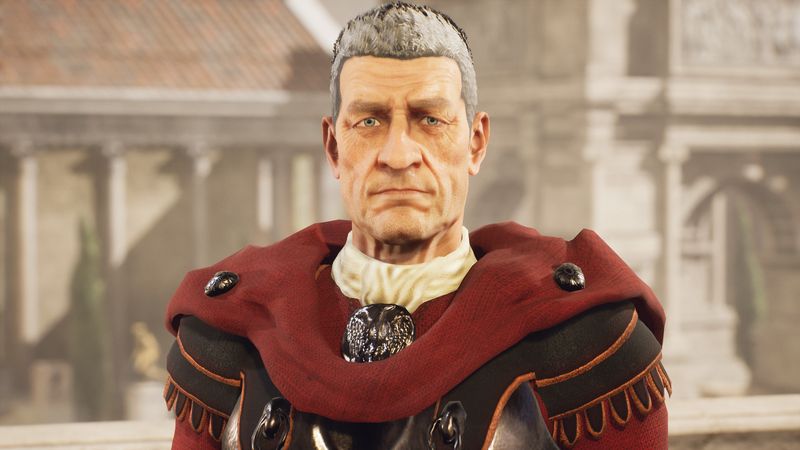
This game hides deep layers waiting to be revealed. I’m eager to return to its ancient corridors and uncover its secrets again. If you crave compelling narratives and complete worlds to explore, The Forgotten City is an unforgettable journey.

